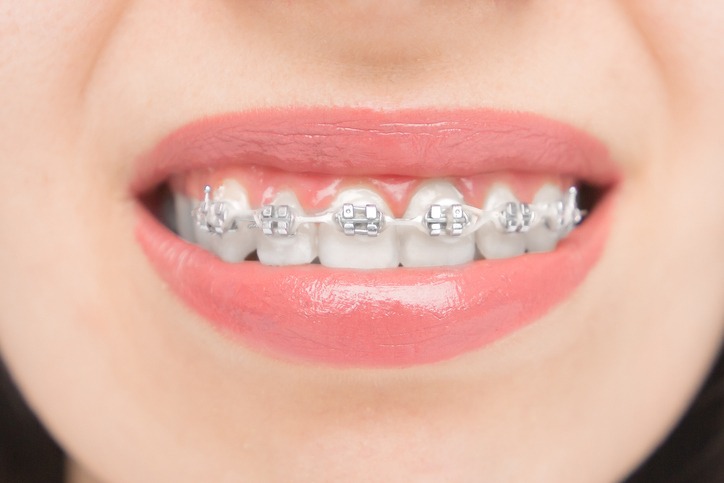The world of oral health and care is incredibly vast. While often overlooked, your teeth and mouth actually have a large role to play in your body’s overall wellbeing. From tooth infections to overcrowding, you may find that any issues with your teeth actually impact other areas of your body as well, and often manifest as headaches, earaches, or jaw pain. By taking the time to ensure your teeth are being properly looked after, you can prevent potential discomfort or illnesses. If you want your teeth to be maintained by expert professionals, coordinate with the best orthodontist in Northern Virginia.
Since oral health is so complex, there are several streams that branch off from it. This allows professionals to diversify and specialize in particular areas, allowing you to get in-depth and accurate information and help when a specific issue arises. One such area of dentistry is orthodontics. Teenagers and older children are likely the most familiar with this area of study due to their frequent visits to orthodontic clinics, such as Impact Orthodontics. But for those who are unfamiliar with orthodontics, let’s look at a brief rundown of what the area of practice includes.
Defining Orthodontics
Orthodontics is a dentistry specialty that deals with the diagnosis, prevention, and correction of teeth and jaws that sit in the wrong position, as well as misaligned bite patterns. The word “orthodontics” actually derives from the Greek words “orthos”, which means proper and straight, and “odons”, which means teeth.
Having straight teeth affects more than just your smile, however feeling confident with your smile is often incentive enough to explore the world of orthodontics. By having teeth that sit in their correct spot, your ability to eat and speak actually becomes easier and more comfortable, and maintaining oral hygiene becomes simpler without having to navigate unnecessary crooks and crannies.
When should you start worrying about orthodontics?
It’s never too late to enter the world of orthodontics. In an ideal world, your general dentist will monitor the progress of your teeth and determine when outside help and consultation are needed. However, dentistry isn’t always accessible, leaving many adults with dental issues that they would have liked to have fixed earlier on.
Fortunately, you can turn to an orthodontist at any time. While orthodontic treatments are stereotypically applied to older children, preteens, and teenagers, there is no age limit. In fact, roughly 30 percent of orthodontic patients are adults.
What treatments are involved with orthodontics?
Following consultations, examinations, x-rays, and bite impressions, your orthodontist will recommend a treatment plan that is tailored to your specific needs. There are a variety of treatment options available, but some of the most common include:
Braces
This is likely the orthodontic solution you are most familiar with. A metal or ceramic dental base is attached to each tooth, and wiring is fed through them to connect them together. Through regular adjustments and tightening of the wire, your teeth are slowly manipulated into the desired position.
Removable Appliances
These are options that typically help to fix jaw positioning, sometimes in addition to teeth alignment. Examples of removable appliances can include headgear, which is used to correct overbites, facemasks, which are used to correct underbites, and retainers, which help to keep your teeth in position as your jaw shifts.
Invisalign
This is a newer, completely transparent, removable type of dental aligner. Mechanically, it works the same as traditional braces, but is removable for when it’s time to eat. However, not every patient is a candidate for this type of orthodontic solution.
What concerns does orthodontics tackle?
The field of orthodontics is designed to solve issues associated with misaligned teeth and jaws. Therefore, common concerns that your orthodontist will work to correct include:
- Overbites
- Underbites
- Overcrowding
- Crooked teeth
- Extra spacing
- Misaligned jaw
- Open bites
Orthodontists work to restore smiles, health, and confidence. By collaborating with your dentist and your orthodontist, you can work towards a smile you feel proud of and that serves you well.

